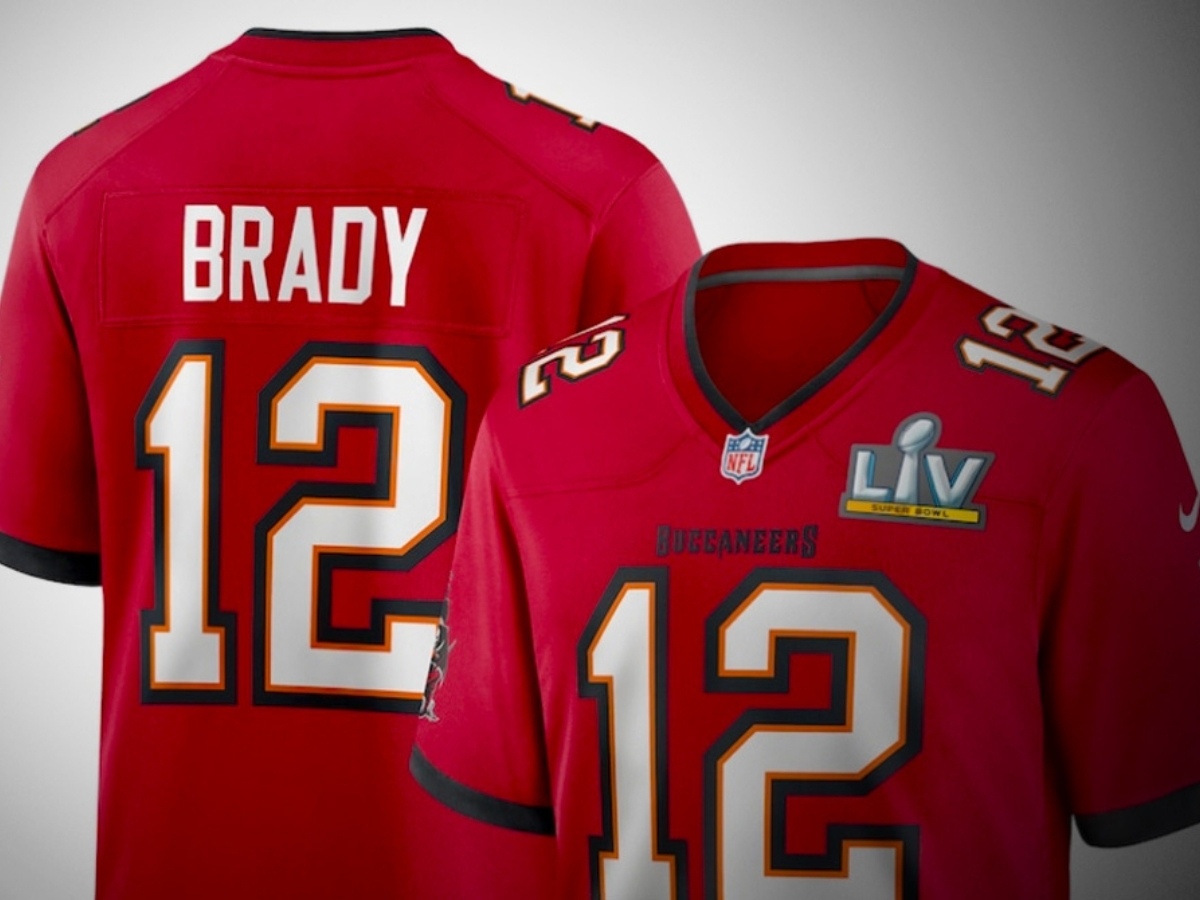The National Football League (NFL) is not only a powerhouse of sports entertainment but also a significant revenue-generating machine, especially through merchandise sales like jerseys. Understanding the dynamics of how NFL players benefit from jersey sales requires diving into revenue sharing agreements, player popularity, team success, and the role of the NFL Players Association (NFLPA).
Do NFL Players Get a Share of Jersey Sales?
Agreement Between NFL and NFLPA
Yes! NFL players get a share of jersey sales. The NFLPA negotiated a deal where NFL players receive approximately two-thirds (67%) of the revenue from jersey sales. This agreement, established in 2021, ensures that players get a substantial portion of the earnings from jerseys bearing their names and numbers.
Key Aspects of Revenue Sharing
- Percentage of Revenue: NFL players receive a significant portion of the revenue generated from jersey sales. As of the latest agreement in 2021, players receive about two-thirds, or approximately 67%, of this revenue. This percentage is a collective arrangement agreed upon by the NFL and the NFLPA.
- Distribution Among Players: The revenue from jersey sales is not distributed equally among all players. Instead, players receive royalties based on the sales of jerseys that bear their names and numbers. These royalties can vary greatly depending on the player’s popularity and the number of jerseys sold. High-profile players like Tom Brady or Dak Prescott, for example, have earned substantial amounts from these royalties.
- Role of the NFLPA: The NFLPA is responsible for setting the royalty rates and ensuring fair distribution of revenues. The final third of the revenue generated goes to the NFLPA, which then uses this income to benefit all players, including those with lower jersey sales. This pooled revenue is crucial for maintaining financial equity among players, ensuring that even less popular players receive some benefits from jersey sales.
- Factors Affecting Earnings: The amount a player earns from jersey sales is influenced by various factors, including their performance, popularity, and market trends. For instance, players who perform exceptionally well in a season or have a large fan base typically see higher jersey sales, thus increasing their share of the revenue.
- Implications for Lesser-Known Players: While star players earn more from jersey sales due to their popularity, the NFLPA’s pooling of revenues ensures that even players who aren’t top jersey sellers receive financial benefits. This system promotes a sense of collective benefit and helps balance the financial disparities among players.
- Impact on Player Contracts: The earnings from jersey sales can supplement a player’s contract income significantly. However, these earnings are dependent on the player’s marketability and the number of jerseys sold, making it a variable and performance-based aspect of their income.
Read: Why do NFL Players Trade Jerseys? The Complete Explanation
Factors Influencing Players’ Earnings from Jersey Sales
Player Popularity and Performance
Jersey sales are largely dependent on a player’s popularity and performance. Market trends and player achievements significantly impact jersey sales. For example, Jalen Hurts led the NFL in jersey sales as of August 2023, with his jerseys priced at $129.99 each. Tom Brady, despite retiring after the 2022 season, continued to rank high in jersey sales, highlighting the impact of a player’s legacy on merchandise demand.
Endorsement Deals and Social Media
Players’ endorsement deals and their social media presence are pivotal in promoting jersey sales. Engaging with fans through social media and collaborating with major brands can lead to increased jersey sales. Endorsement deals with companies like Nike, Electronic Arts, and Panini significantly contribute to players’ income from merchandise sales.
Broader Financial Picture of the NFL
NFL’s Total Revenue
The NFL’s revenue generation extends beyond jersey sales. In 2022, the league’s national revenue was a record $11.9 billion, with each team receiving a share of $372 million. This was a 7% increase from the previous year. Media deals play a crucial role in this revenue, with contracts from outlets like CBS, NBC, Fox, ESPN, Amazon, and YouTube contributing significantly.
Team Revenue and Valuation
Team revenues vary, with the Dallas Cowboys leading in 2022 by generating $1.14 billion. This financial prowess also affects their valuation, making them worth $9 billion as of 2023. The revenue generated by NFL teams is not just from jersey sales but also from media rights, stadium events, and other commercial activities.
Challenges and Considerations
Impact of Number and Name Changes
Players changing their jersey numbers can face financial challenges. For instance, Dalvin Cook considered changing his number from 33 to 4, but the cost to buy out the existing inventory of his old jerseys was estimated at $1.5 million. This rule illustrates the complexities involved in the business of NFL merchandise.
Environmental Considerations
The environmental impact of jersey production and disposal is another aspect to consider. Innovative solutions like upcycling old jerseys into new products are being explored to address sustainability concerns.
Last Words
NFL players’ earnings from jersey sales are a significant part of their income, influenced by a complex system of revenue sharing, individual performance, popularity, and marketing strategies. While top players benefit from high jersey sales, the NFLPA’s pooling system ensures equitable distribution among all players. The NFL’s comprehensive revenue strategy, including lucrative media deals, contributes to the financial stability of the league and its teams. As the NFL continues to grow, the impact of merchandise sales on players’ earnings and the league’s overall financial health remains a critical aspect of its economic structure.

